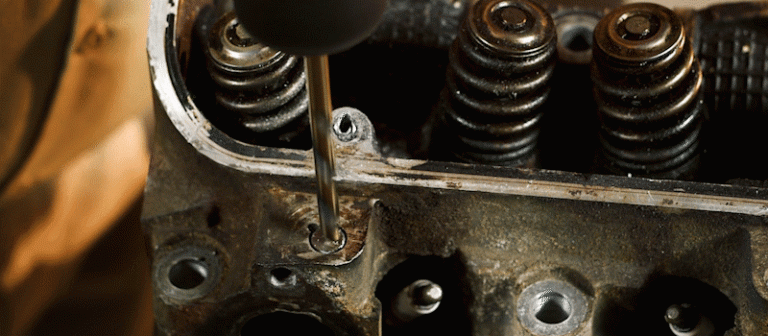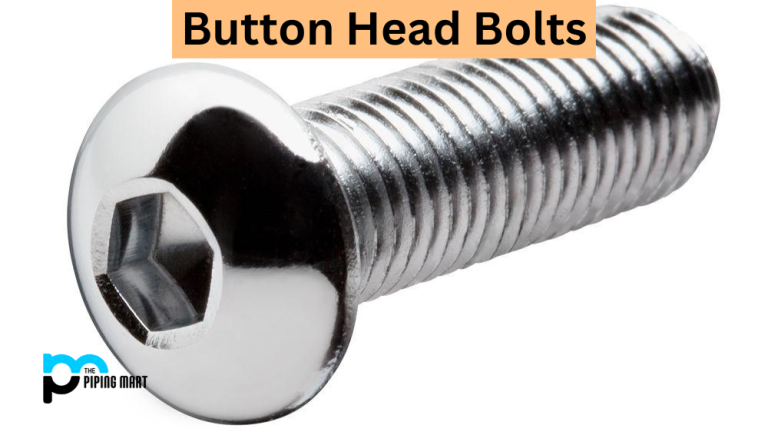Valves Unleashed: Exploring Applications, Advantages, and Geocomposite Integration
Valves represent critical components in numerous industries, offering diverse functionalities and applications. Their role in controlling the flow of liquids and gases while managing pressure is integral to various systems. This article delves into the world of valves, highlighting their applications, advantages, and their integration with geocomposite materials.



What functions do valves primarily serve?
Valves are primarily designed to regulate fluid or gas flow within systems, managing pressure, temperature, and flow direction. They operate across industrial, commercial, and residential sectors, ensuring seamless functioning in pipelines, machinery, and household appliances. Valves cater to both basic on-off operations and intricate flow control needs.
Where are valves predominantly applied?
Valves find extensive applications across diverse industries. They control the movement of crude oil, natural gas, and refined products in oil and gas networks, and manage hazardous substances in the chemical industry. Their applications extend to power generation plants, water treatment facilities, pharmaceutical manufacturing, and even everyday household plumbing systems.
What advantages do valves offer across industries?
Valves deliver precise control over fluid and gas flow, enhancing operational efficiency and safety measures. Their ability to regulate pressure and temperature prevents system failures and ensures optimal conditions. Valves offer adaptability, allowing adjustments in flow rates as per specific requirements. Additionally, modern valve designs prioritize durability and reliability, reducing maintenance costs and extending service life.

How does geocomposite integration complement valves?
Geocomposites, composed of geotextiles and allied materials, play a crucial role in civil engineering and environmental applications. Valves are integral components of various geocomposite-based systems, particularly in drainage and containment setups. They enable the controlled release or containment of liquids within geocomposite barriers, contributing significantly to environmental protection, landfills, and wastewater management.
Valves emerge as indispensable components across diverse industries, ensuring precise fluid and gas regulation. Their collaboration with geocomposite materials extends their utility, fostering environmental sustainability and infrastructure development.

